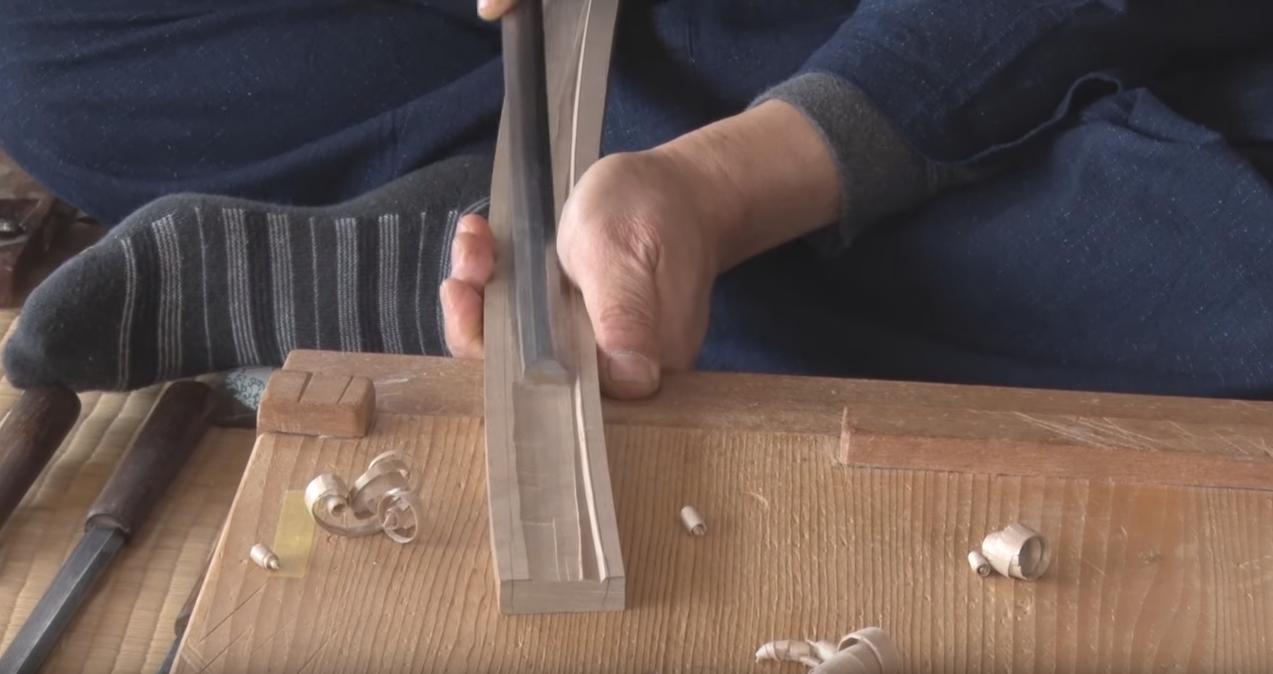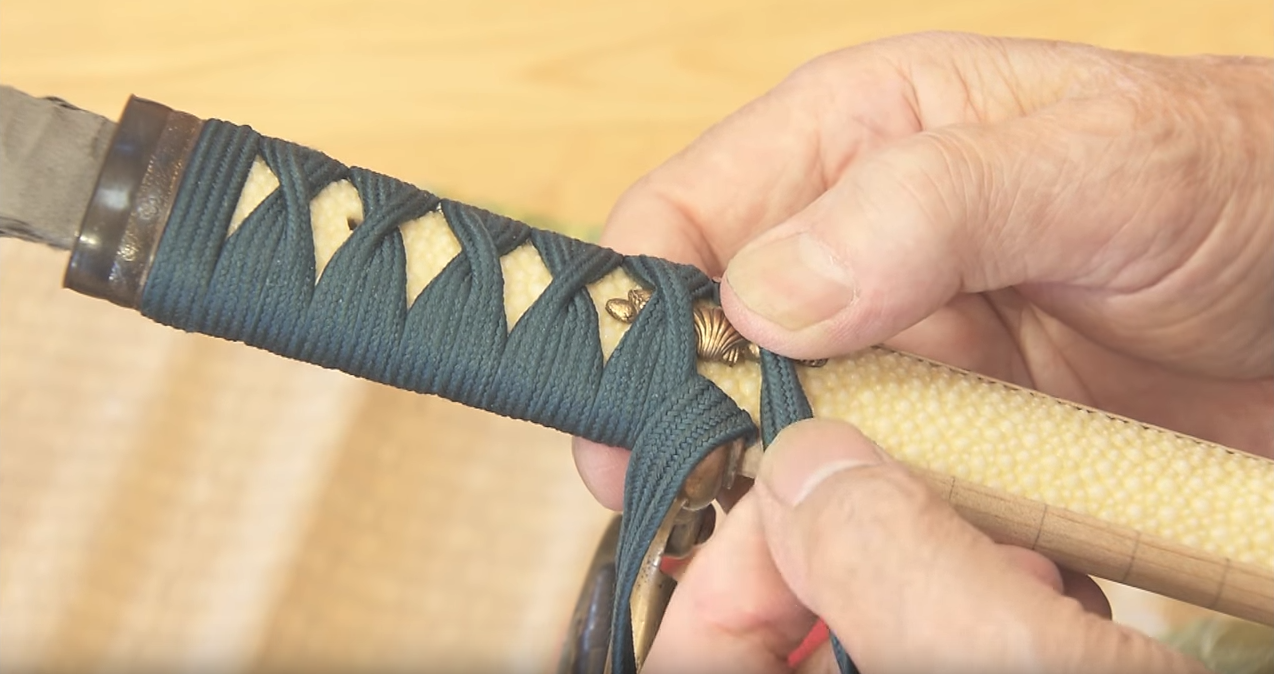The Traditional Sword Making Art of Bizen Osafune

Approximately 600 kilometers southwest of Tokyo is Osafune in Setouchi city. The origins of Japanese swords are still not fully known, but the form of the present-day Japanese sword originated around 1,000 years ago. There are various schools of Japanese sword making, and Bizen Osafune is one of the production regions with the longest history. Many of the high-quality swords that still exist today were produced in this region during the 12th and 13th centuries.
The Center of Sword Making
In addition to rich resources from the Yoshii river, like quality iron sand and red pine to use as fuel, Bizen Osafune was also a logistics hub. Its strategic transport links helped it become the center of Japanese sword production, and around half of the existing swords designated as national treasures are Bizen swords. Nowadays Japanese swords are no longer weapons but are appreciated both in Japan and overseas as items of beauty and symbolic protection.
Forged in Fire

The Bizen Osafune Japanese Sword Museum is unique in Japan for not only the Bizen swords but for the various artisans who create them. Here, Japanese sword making is a process involving seven different artisans, each with a different role. The first step in making a sword is the job of a swordsmith. A lump of iron is heated in a 1,300-degree furnace and then hammered, flattened, and folded in half with an eight-kilogram hammer. This process is repeated to forge and shape the blade.
Honing the Blade

After the forging process, the next step in Japanese sword making is when the Togishi sharpens and polishes the blade until it is smooth and beautiful. The blade is sharpened with seven to eight types of whetstones. After that, there are four or five more finishing steps, including hazuya and jizuya stones, and nugui powder to further sharpen and polish the blade. For a blade length of about 70 centimeters, it takes from 80 to 100 hours of work to complete the polishing.
Creating the Collar

The Shiroganeshi makes blade collars, called habaki, that protect the blade from making contact with the scabbard, preventing damage and rust. Swords are made from iron, so the habaki uses softer metals such as gold, silver, or bronze to prevent blade damage. Over 20 different types of files can be used to make the habaki.
Shaping the Scabbard

The Japanese sword making process wouldn’t be complete without a scabbard, or saya, which is made by the Sayashi. A long block of wood is split in two and the shape of the blade is carved out of the middle. The two pieces are then joined with a glue paste made from rice. A Japanese scabbard takes around four or five days to make and can take more than a week if the design is complex. This worker also creates a wood handle, or tsuka, for the sword and fully wraps it in ray skin

After the scabbard has been shaped, the Nurishi applies lacquer to give it a beautiful water-proof finish. It can take up to a month and a half to paint the base layers, which are then topped with ten layers of intermediate coatings. For finishing, the saya is rubbed in gloss and polished with bare fingers. Once the saya is glossy, the lacquerrer knows it is finished. This process takes about a day, but the whole lacquering process lasts around two to three months.
Engraving the Blade

It is the Chokinshi’s job to engrave the blade, the blade collar, and the guard with words or pictures. They are often asked by the client to engrave custom designs of natural things such as plants and flowers, or divine beasts like dragons or phoenixes. Nowadays, portraits of people are not as popular as before. Japanese sword making is an intricate process, and the Chokinshi could have an inventory of anywhere from 200 to 2,000 types of chisels for different tasks

Japanese sword making doesn’t end with the blade. It is the Tsukamakishi’s job to reinforce the handle, to add decoration with a wrapping of ray skin overlaid with braids made from silk, and to make the handle easy to hold and manipulate. The Jabaramaki, or diamond braiding method, has a high level of difficulty but results in a beautiful handle.
In Osafune, Japanese sword making is still done in the traditional methods. No other metal item in the world has been elevated to the level of fine art like swords have, and visitors to the Bizen Osafune museum are sure to be spellbound by the magical beauty of Japanese swords. The artisans there strive to improve and refine their inherited skills while remaining true to tradition, maintaining their pursuit of new techniques so that they can be the best at their individual crafts.
If you want to add a beautifully crafted Japanese sword to your own collection, Swords of Northshire has a wide range of hand-forged pieces. Find your favorite design in our store today!
Best Sellers
- Regular Price
- from $199.99
- Sale Price
- from $199.99
- Regular Price
-
- Unit Price
- per
- Regular Price
- from $319.00
- Sale Price
- from $319.00
- Regular Price
-
- Unit Price
- per
- Regular Price
- from $219.00
- Sale Price
- from $219.00
- Regular Price
-
$0.00
- Unit Price
- per
- Regular Price
- from $506.00
- Sale Price
- from $506.00
- Regular Price
-
$649.00
- Unit Price
- per
- Regular Price
- from $339.00
- Sale Price
- from $339.00
- Regular Price
-
- Unit Price
- per
- Regular Price
- from $228.00
- Sale Price
- from $228.00
- Regular Price
-
$269.00
- Unit Price
- per
- Regular Price
- from $239.00
- Sale Price
- from $239.00
- Regular Price
-
- Unit Price
- per
- Regular Price
- from $359.00
- Sale Price
- from $359.00
- Regular Price
-
- Unit Price
- per
- Regular Price
- from $458.00
- Sale Price
- from $458.00
- Regular Price
-
$539.00
- Unit Price
- per
- Regular Price
- from $384.00
- Sale Price
- from $384.00
- Regular Price
-
- Unit Price
- per









